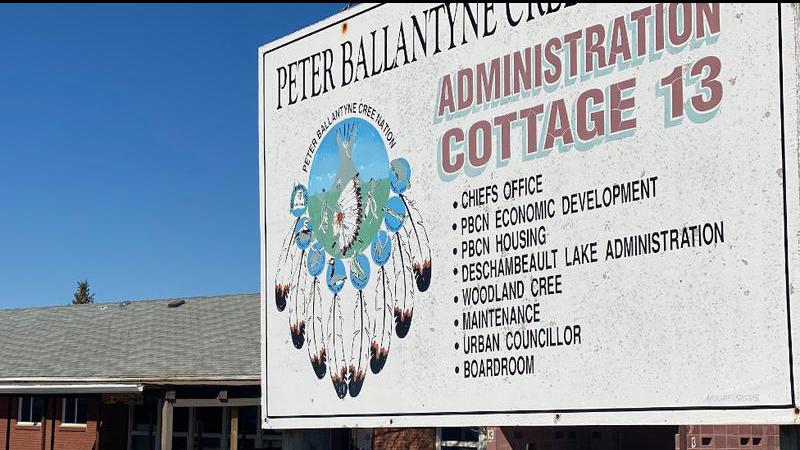Documents show Liberals were told new infrastructure money could flow slowly
OTTAWA — The federal Liberals were warned months ago that the design of their vaunted infrastructure program could leave the government with little ability to spend money quickly if provinces and cities took their time with projects.
An internal analysis of the Liberal infrastructure program — a cornerstone of the government’s economic agenda — suggested that the Liberals were giving up control over how quickly money could be spent in exchange for providing provinces and territories with as much flexibility as possible in the first phase of the program.
The underlying message in the document was that the risks inherent in the program’s design could see the Liberal program succumbing to the same problems as the Conservative infrastructure stimulus program from 2009, namely that money isn’t spent on time and that the promised economic benefits don’t materialize on time.
The documents, released to The Canadian Press under the Access to Information Act, were delivered to Infrastructure Minister Amarjeet Sohi in May ahead of a meeting with auditor general Michael Ferguson.


